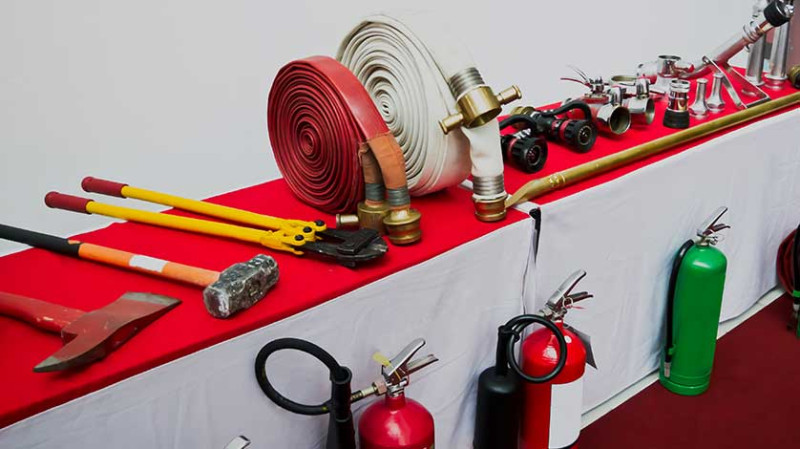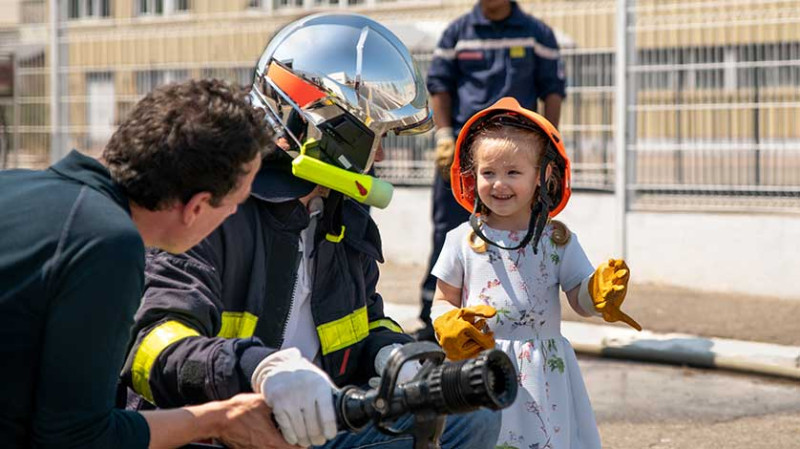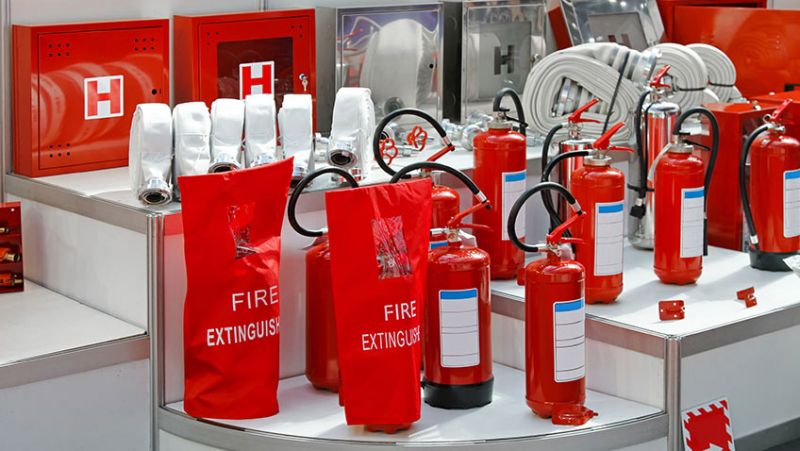
Fire safety is an essential aspect of any building design, renovation, or construction project. Whether you're a DIY enthusiast upgrading your space, a young professional styling a modern flat, an architect designing a new build, or a professional tradesman on-site, understanding fire safety principles is crucial. Taking a complete fire fighting course can arm you with the knowledge and skills needed to protect not just buildings, but lives as well.
With fire incidents on the rise and building regulations becoming increasingly stringent in the United Kingdom, now is the perfect time to understand the importance of fire safety education for your projects. In this post, we’ll take you through everything you need to know about a complete fire fighting course, who it’s for, and why you need it.
Why Fire Safety Training Matters
Fire incidents can happen unexpectedly and escalate within moments. Proper training ensures that you know how to prevent fires from starting and how to handle them if one does occur. In the UK, fire safety standards are governed by the Fire Safety Order 2005 — understanding these regulations can protect you legally and financially.
Fire safety training also boosts your confidence. Whether you’re installing a new kitchen, fitting out a commercial space, or overseeing a site build, having the knowledge to identify fire risks and implement solutions helps ensure a safer work environment.
For architects and designers, incorporating passive and active fire protection into your plans ensures that you're not just ticking regulatory boxes but genuinely creating safer, more resilient spaces. Meanwhile, DIYers and homeowners gain the peace of mind of knowing how to install and maintain fire safety devices properly.
Additionally, insurance companies are increasingly looking for proof of adequate fire risk assessments and training when underwriting policies. Being trained can even lower your overall insurance premiums.
Who Should Take a Complete Fire Fighting Course?
A complete fire fighting course is ideal for a wide range of individuals involved in construction, renovation, and property management. This includes:
- DIY Enthusiasts: Planning major home improvements? Learning the basics of fire safety can keep you, your family, and your property protected.
- Young Professionals: Setting up a new home or starting a co-working space? Fire safety knowledge helps ensure your new start is secure.
- Architects and Designers: New designs must now meet stringent fire regulations — understanding fire dynamics and materials can elevate your designs.
- Professional Tradesmen: Electricians, plumbers, and builders all benefit from knowing how their work impacts the fire safety of a project.
You don’t need prior experience to join; a good course will cater to both beginners and those with some prior understanding of fire safety measures.
Core Modules Covered in a Complete Fire Fighting Course
A reputable complete fire fighting course generally covers critical topics designed to give attendees a comprehensive overview of fire prevention, detection, suppression, and evacuation. Expect modules like:
| Module | Description |
|---|---|
| Fire Science Basics | Understanding how fires start, spread, and can be controlled. |
| Fire Prevention Techniques | Practical measures used in design, construction, and maintenance to reduce fire risks. |
| Fire Detection Systems | Overview of alarms, smoke detectors, and system integration in new and existing structures. |
| Fire Suppression Methods | Covers extinguishers, sprinkler systems, and specialised suppression technologies. |
| Evacuation Planning | Creating and executing safe exit strategies for occupants of residential and commercial buildings. |
| Regulatory Compliance | Detailed discussion of UK Fire Safety Order regulations and how to remain compliant. |
| Practical Simulation | Hands-on exercises for fighting small fires safely using appropriate equipment. |
Each of these modules is geared towards equipping you with real-world skills that you can immediately apply to projects of all sizes.
Benefits of Completing a Fire Fighting Course
Besides the practical safety advantages, completing a fire fighting course also has additional tangible and intangible benefits:
- Career Advancement: Tradesmen and contractors with fire safety certifications are more attractive hires for major projects and often command higher rates.
- Enhanced Property Value: Homes and commercial spaces designed or renovated with a proactive approach to fire safety are often more valuable.
- Peace of Mind: As a DIYer or homeowner, knowing you’ve employed best practices reduces stress and enhances personal safety.
- Greener Building Practices: Certain fire safety methods, like using fire-resistant eco-materials, contribute to more sustainable building.
The course also often includes a certification that can serve as proof of your commitment to safety standards—a great bonus if you’re marketing your services or selling property.
How to Choose the Right Fire Fighting Course in the UK
When choosing which course to enrol in, it’s important to consider certain factors to make sure you’re getting true value:
- Accreditation: Ensure the course is recognised by UK fire safety authorities or relevant industry bodies.
- Practical Training: Classroom theory is important, but hands-on exercises provide experience that reading alone can’t deliver.
- Customisation: Some courses offer tailored modules for specific industries, such as residential redecorators, commercial renovators, or large-scale builders.
- Expert Instructors: Look for trainers with real-world fire fighting experience, not just academic backgrounds.
- Reviews and Recommendations: Check testimonials or ask your professional network for their advised providers.
Many respected institutions across the UK offer these courses both in-person and online, catering to different learning styles and schedules.
Final Thoughts
Investing in a complete fire fighting course is one of the most vital steps you can take as a professional, hobbyist, homeowner, or designer. It’s no longer considered optional but essential, especially when lives and long-term investments are at stake.
With the right training, you will not only comply with safety legislation but also enhance your personal skills, your professional reputation, and the overall quality and resilience of the projects you undertake.
Start prioritising fire safety today — because building beautiful spaces and creating functional homes is only fully rewarding when they are safe and secure for everyone who steps inside.






